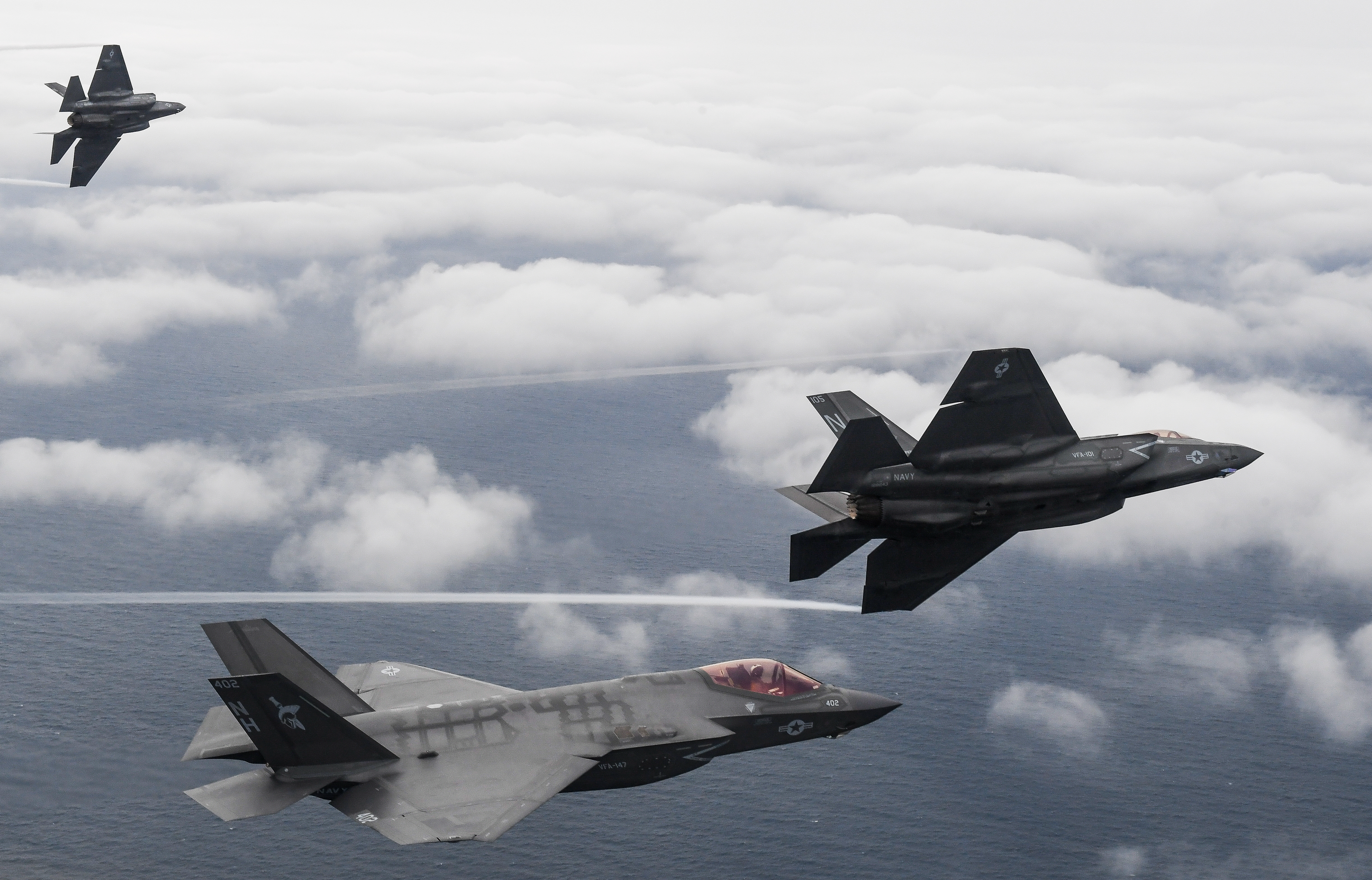
Navy Declares Initial Operational Capability for F-35C Joint Strike Fighter
The Navy declared today that its F-35C Joint Strike Fighter was operationally ready to deploy and conduct missions around the…
Copyright 2024 U.S. Naval Institute. All Rights Reserved.